Cover
Title Page
Copyright and Credits
About Packt
Contributors
Table of Contents
Preface
Chapter 1: Building Big with Go
Problem solving for the big picture
The role of the architect
Requirements clarification
True North
Technology selection
Leadership in the kitchen
Coaching and mentoring
Target state versus current state
Software architecture
Architecture versus design
What does architecture look like?
Microservices
The challenges for microservices – efficiency
The challenges for microservices – programming complexity
Go
Hello World!
Data types and structures
Functions and methods
Flow control
Packaging
Concurrency
Garbage collection
Object-orientation
Summary
Chapter 2: Packaging Code
Contracts
Object orientation
Object orientation in Go – the struct
Object orientation in Go – visibility
Object oriented in Go – the interface
Object oriented in Go – embedding
Modules
Code layout
Third-party dependencies
Framework
Testing
Structuring tests
Summary
Chapter 3: Design Patterns
Design principles
Single Responsibility Principle (S)
Open/Closed Principle (O)
Liskov Substitution Principle (L)
Interface Segregation Principle (I)
Dependency Inversion Principle (D)
Creational design patterns
Factory method
Builder
Abstract factory
Singleton
Structural design patterns
Adaptor
Bridge
Composite
Decorator
Facade
Proxy
Behavioral design patterns
Command
Chain of Responsibility
Mediator
Memento
Observer
Visitor
Strategy
State
Summary
Chapter 4: Scaling Applications
Scaling algorithms
Algorithm complexity
Distributed algorithms
Scaling data structures
Profiling data structures
Probabilistic data structures
Scaling data
Scalability bottlenecks
The C10K problem
The Thundering Herd problem
Sources
Programming
Operating systems
Memory usage
Losing state
Scaling systems
X-axis scaling
Y-axis scaling
Z-axis scaling
Scaling deployments
Summary
Chapter 5: Going Distributed
Topology
Distributed system quirks
The network is reliable
The latency is zero
The bandwidth is infinite
The network is secure
The topology doesn't change
There is one administrator
The transport cost is zero
The network is homogeneous
Consistency
ACID
Client-centric consistency models
Strong consistency
Weak consistency
Eventual consistency
Sequential consistency
Causal consistency
Session consistency
Monotonic read consistency
Monotonic write consistency
Storage system-centric consistency model
CAP theorem
Consensus
The two generals problem
Consensus based on time – causality
Multi-phase commit
Two-phase commit
Three-phase commit
Paxos
Raft
Leader-election
Distributed architectures
Object-based systems
Layered architectures
Peer-2-peer (P2P) architecture
Distributed computations
Event-driven architecture (EDA)
The Actor model
Stream processing
Summary
Chapter 6: Messaging
Performance characterization
Broker-based messaging
The queuing model
The Pub/Sub model
Delivery semantics
Acknowledgement
At-least-once delivery
At-most-once delivery
Exactly-once delivery
Resilience
AMQP
Apache Kafka deep dive
Concepts
Publishing messages
The AsyncProducer interface
The Sync producer
Consuming messages
Stream processing
Brokerless messaging
NSQ deep-dive
Concepts
Publishing messages
Consuming messages
Integration patterns
The request-reply pattern
The correlation identifier pattern
The pipes and filters pattern
The content-based router pattern
The fan-in pattern
The fan-out pattern
The background worker pattern
Summary
Chapter 7: Building APIs
Endpoints
Networking basics
Service discovery
Server-side service discovery
Client-side service discovery
Data serialization
XML
JSON
Protobuf
Performance
Representational State Transfer (REST)
Concepts
Constraints
Client-server model
Stateless
Cacheability
Uniform interface
Richardson Maturity Model
Level 0 – swamp of POX
Level 1 – resources
Level 2 – HTTP verbs
Level 3 – hypermedia controls
Building a REST service using Gin
Gin introduction
Sample application
Router
Create
Read
Update
Delete
GraphQL
Schema
Endpoints
Queries
Mutations
Subscriptions
Higher-level patterns
Model-View-Controller (MVC)
Load balancing health checks
API gateway
Go kit
Summary
Chapter 8: Modeling Data
Entities and relationships
Consistency guarantees
ACID (Atomicity, Consistency, Isolation, Durability)
Atomicity
Consistency
Isolation
Durability
BASE (Basically Available, Soft state, Eventual consistency)
Relational model
The first normal form
The second normal form
The third normal form
The Boyce-Codd normal form
The fourth normal form
SQL
Indices
Views
Inner join
Left outer join
Right outer join
Full outer join
MySQL deep-dive
Connection management
Query execution
Storage engines
InnoDB
MyISAM
Other plugins
High availability/scalability
Object Relational Mappers (ORMs)
Key/value stores
Concepts
Redis deep-dive
Architecture
Data structures
Persistence
Clustering
Use cases
Golang usage
Wide column stores
Column family stores
Cassandra deep-dive
Data distribution
Write paths
Read paths
Golang usage
Patterns for scaling data performance
Sharding
Denormalization
Materialized views
Summary
Chapter 9: Anti-Fragile Systems
Reliability metrics
Dynamic metrics
Static metrics
Engineering reliability
Rugged services
High availability
Messaging
The asynchronous computation pattern
The orchestrator pattern
The compensating-transaction pattern
The pipes and filter pattern
Hotspots
The sidecar pattern
Throttling
Versioning
Reliability verification
Unit tests
Integration tests
UI tests
Performance tests
Chaos-engineering
Dependencies
Failure multiplication
Cascading failures
Dependency resilience
An introduction to Hystrix
Hystrix – fallback
Hystrix – circuit breaker
Hystrix in Golang
Hystrix monitoring
Database-level reliability
Datacenter-level reliability
Consistency
Routing and cutover
Summary
Chapter 10: Case Study – Travel Website
The product
Actors
Requirements
Data modeling
High-level architecture
Search
Flights
Hotels
Booking
Payment
Reservation
Summary
Chapter 11: Planning for Deployment
Deployment architecture
Components
Computes
Physical Servers
Virtual machines
Containers
Compute Attributes
Storage
Networking
Load Balancers
API Gateways
Reverse proxies
Messaging brokers
Environments
Capacity Planning and Sizing
Disaster recovery
CICD
Overview
Jenkins
Sample Code
Installing Jenkins
Installing Docker
Setting up Plugins
Creating a project
Running the Build
Target Configuration
Tooling
go fmt
golint
go build
Footnote
Monitoring
Logs
Metrics
Application Performance Monitoring/Dashboards
Alerts
Team
Clouds
Infrastructure as a Service (IaaS)
Platform as a Service (PaaS)
Software as a service (SaaS)
Security
Summary
Chapter 12: Migrating Applications
Reasons for migration
Python
Java
Migration strategy
Phase 1 – Learning Go
Phase 2 – Piloting a service
Phase 3 – Defining packages
Phase 4 – Porting main
Phase 5 – Porting packages
Phase 6 – Improving computation
Building a team
Summary
Other Books You May Enjoy
Index
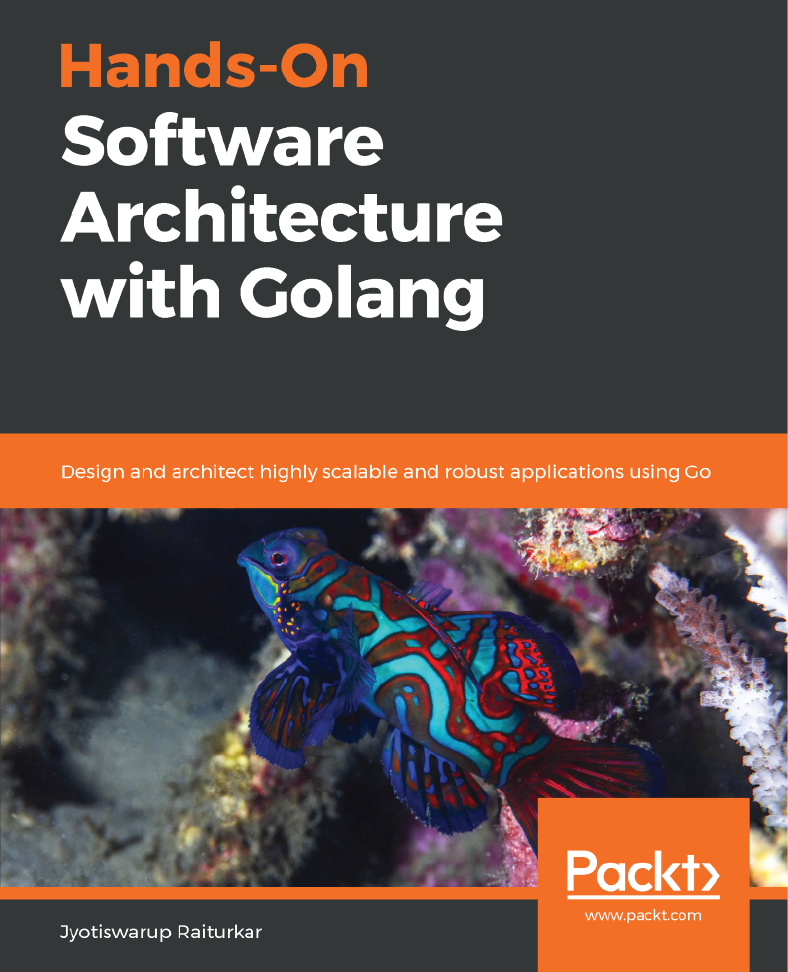
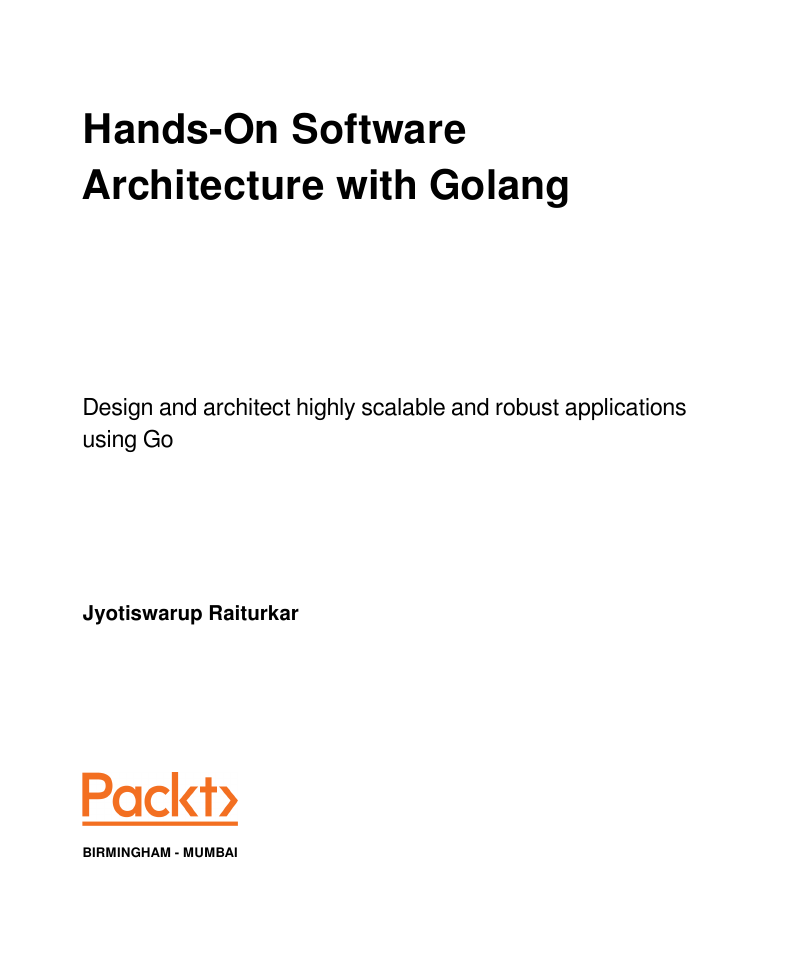
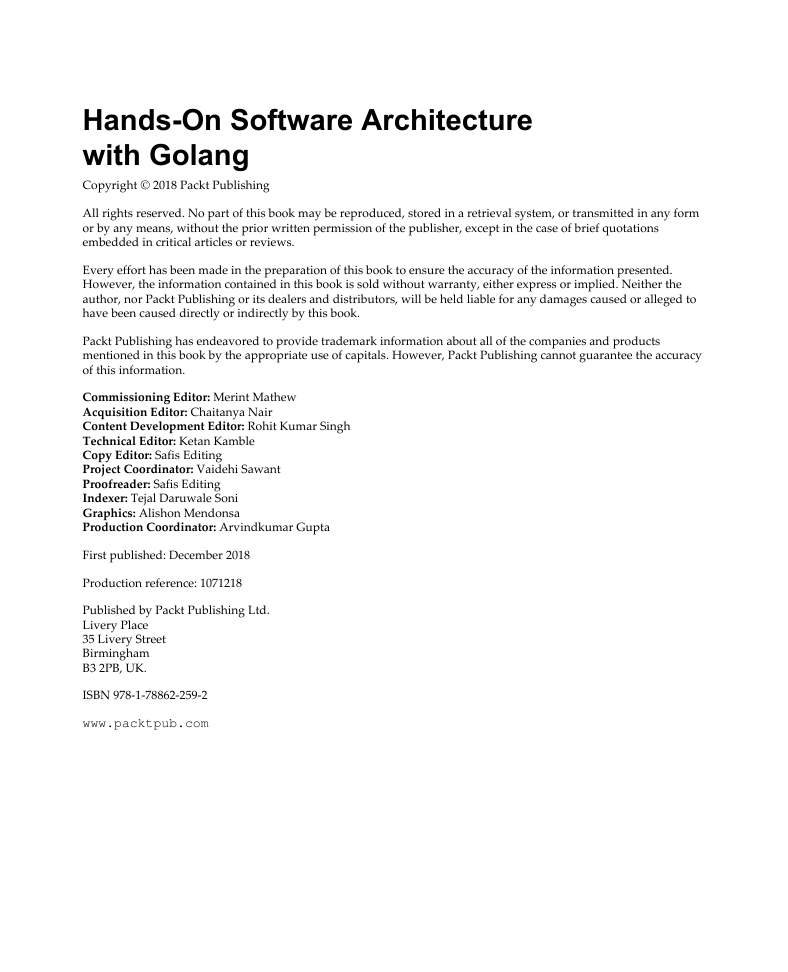
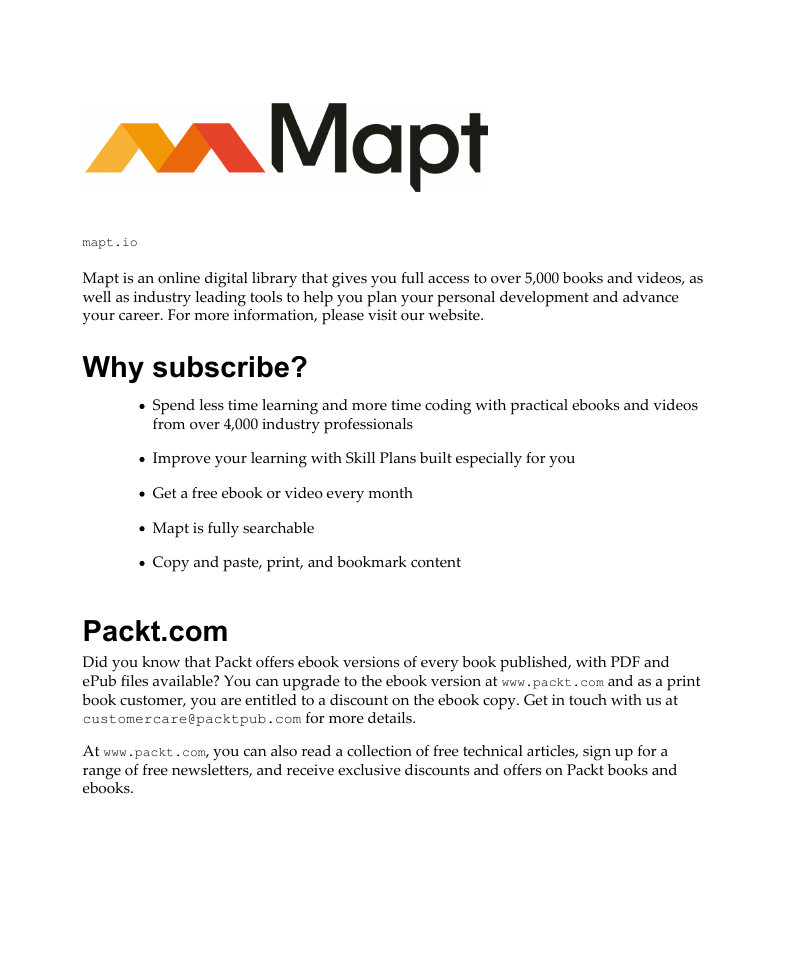
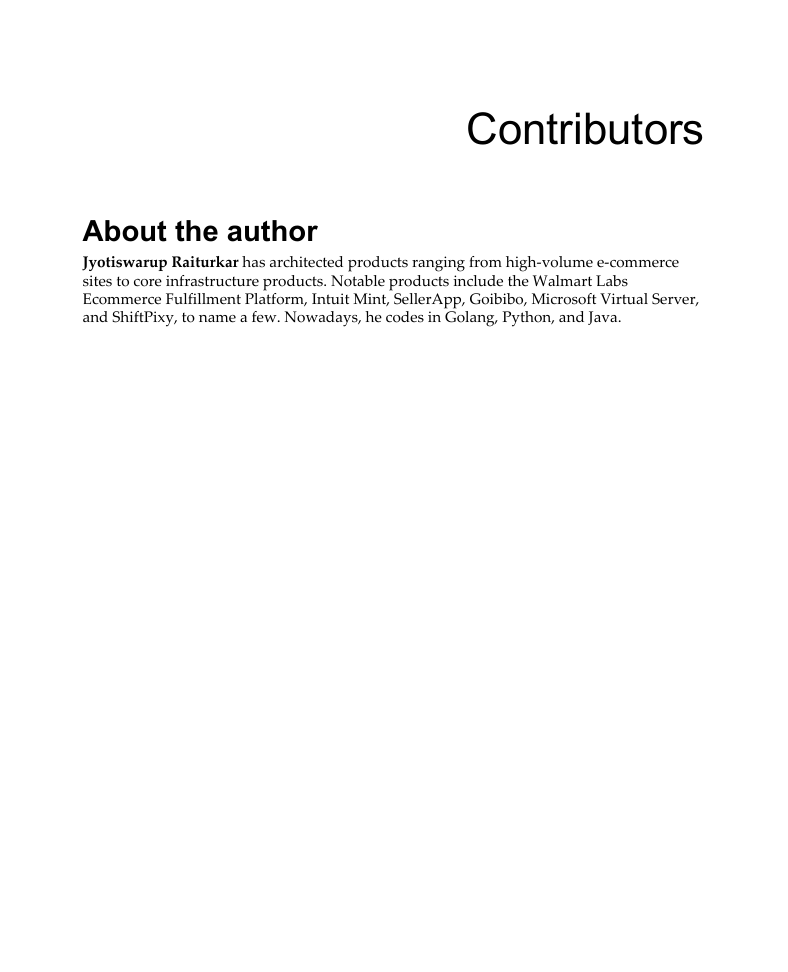
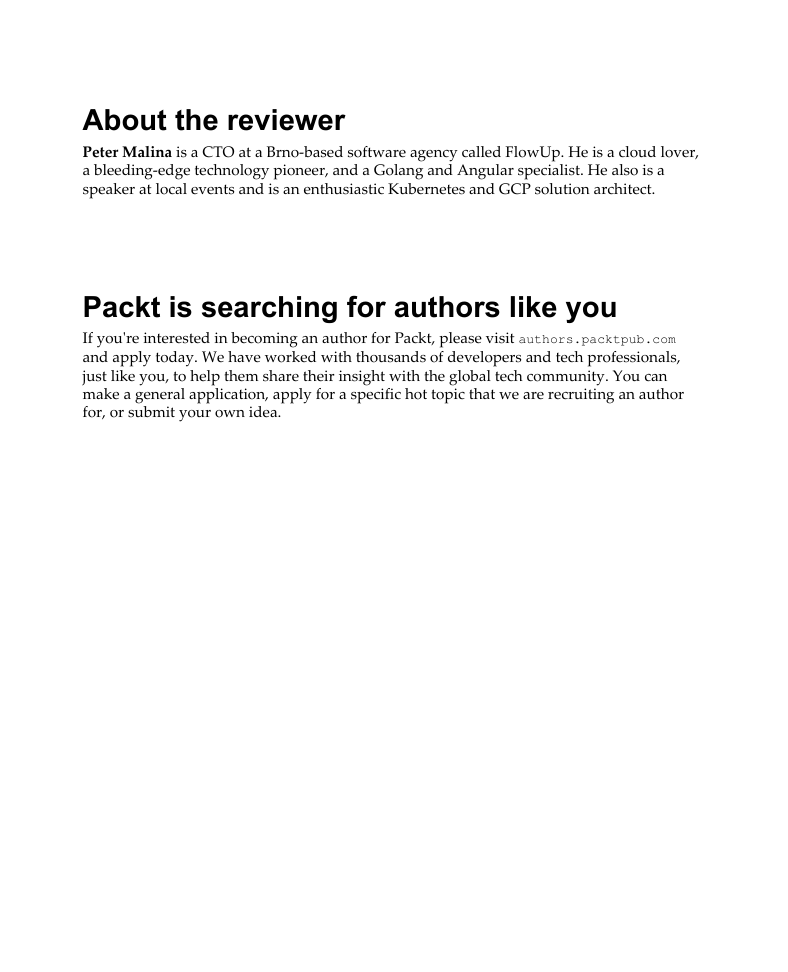
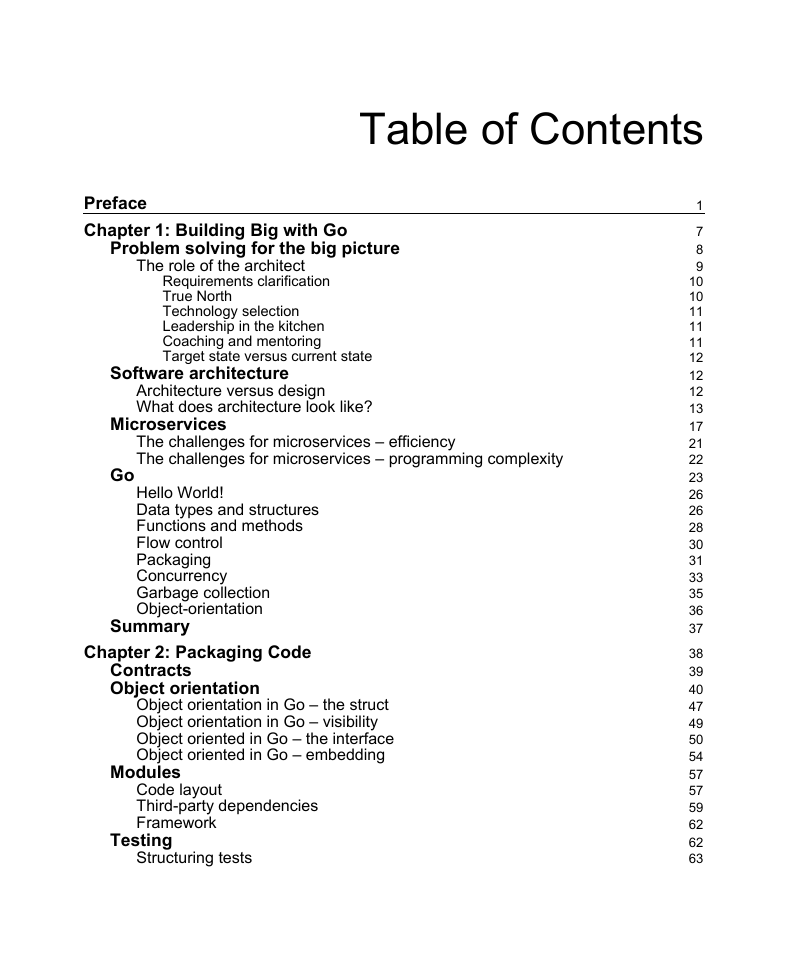
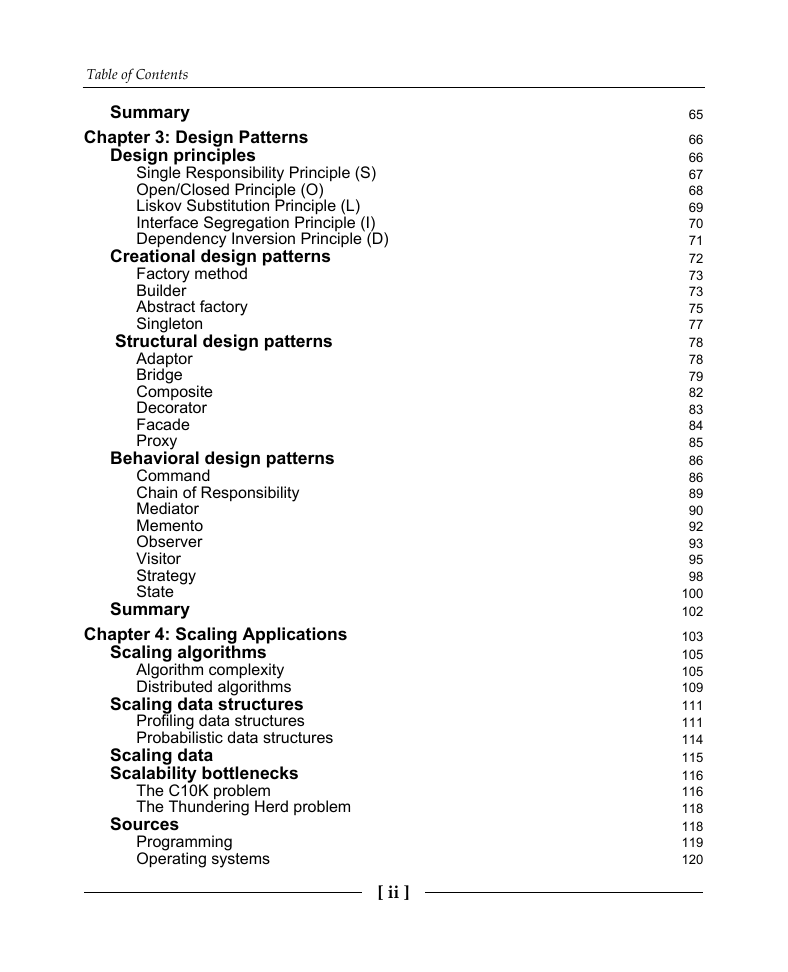








 2023年江西萍乡中考道德与法治真题及答案.doc
2023年江西萍乡中考道德与法治真题及答案.doc 2012年重庆南川中考生物真题及答案.doc
2012年重庆南川中考生物真题及答案.doc 2013年江西师范大学地理学综合及文艺理论基础考研真题.doc
2013年江西师范大学地理学综合及文艺理论基础考研真题.doc 2020年四川甘孜小升初语文真题及答案I卷.doc
2020年四川甘孜小升初语文真题及答案I卷.doc 2020年注册岩土工程师专业基础考试真题及答案.doc
2020年注册岩土工程师专业基础考试真题及答案.doc 2023-2024学年福建省厦门市九年级上学期数学月考试题及答案.doc
2023-2024学年福建省厦门市九年级上学期数学月考试题及答案.doc 2021-2022学年辽宁省沈阳市大东区九年级上学期语文期末试题及答案.doc
2021-2022学年辽宁省沈阳市大东区九年级上学期语文期末试题及答案.doc 2022-2023学年北京东城区初三第一学期物理期末试卷及答案.doc
2022-2023学年北京东城区初三第一学期物理期末试卷及答案.doc 2018上半年江西教师资格初中地理学科知识与教学能力真题及答案.doc
2018上半年江西教师资格初中地理学科知识与教学能力真题及答案.doc 2012年河北国家公务员申论考试真题及答案-省级.doc
2012年河北国家公务员申论考试真题及答案-省级.doc 2020-2021学年江苏省扬州市江都区邵樊片九年级上学期数学第一次质量检测试题及答案.doc
2020-2021学年江苏省扬州市江都区邵樊片九年级上学期数学第一次质量检测试题及答案.doc 2022下半年黑龙江教师资格证中学综合素质真题及答案.doc
2022下半年黑龙江教师资格证中学综合素质真题及答案.doc